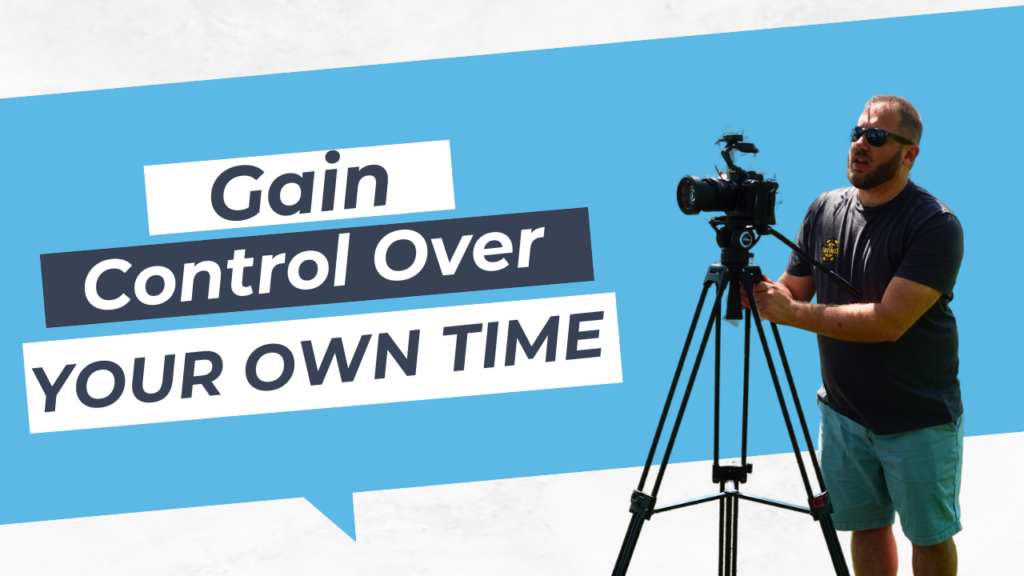This article was originally published on ThinkHDI.com in May 2020.
Everything is a pilot. That’s a line I’ve repeated countless times throughout my career. Whether it’s large projects, new initiatives, smaller ideas, I believe that everything a leader does should be considered a pilot. Driving change and continuous improvement often necessitate an iterative approach. Sometimes you have what you think is a great idea, attempt to roll it out, and it falls flat. When that happens, don’t let that discourage you, because there’s value in trying as many different approaches as possible. Let me share why embracing the pilot approach to leading technical support or service management teams is necessary.
The Pilot Approach Defined
When you build your team’s roadmap, deciding which initiatives to prioritize, it’s essential to build flexibility with your team. There are times in organizations where priorities shift, requiring teams and leaders to adapt or pivot. While the goal is always to get better and improve, the path to success often isn’t a straight line. With the pilot approach, leaders embrace trialing new approaches. They do so, understanding that the intended result may not be realized right away. Make a commitment to the team that we are trialing a new effort for a select period. Everyone knows there a time limit unless it works. Leaders using the pilot approach need to rely on the ability to back out of an experiment without overcommitting. Looking at projects or new initiatives as pilots or trials gives everyone the flexibility to report on overall progress, too.
Try and Fail Fast While Learning from Mistakes
The pilot approach to leading embraces trying something and being willing to fail. It’s through failing at something where the most significant lessons can be learned. There is value in trying to fail fast. Learn from mistakes and apply corrective action to avoid the same issue next time something similar comes about.
For example, say a tech support manager wanted to introduce an internal bot to help agents with documenting their cases more effectively, as a new process. As with any new initiative, the leader needs to set expectations with the team about this being a pilot. Team members expect to receive regular updates throughout the pilot about improvement opportunities or pain points experienced. The impact on metrics might need to be evaluated and correlated against pre-bot comparisons to measure the effect. Perhaps, it’s the wrong type of bot, making the experience for the agent more difficult and less productive overall, so the last thing you would want to do is commit to something that isn’t effective.
It’s essential to recognize that leaders shouldn’t immediately pull the plug and give up on a pilot at the first sign of failure. Depending on the nature of the pilot, you want to let it play out while mitigating risk to customers. With any initiative, let the team know that you will be carefully monitoring performance over the next 30, 60, or 90 days. Sharing a timeline gives anyone experiencing any anxiety or discomfort more time to adjust.
Continuous Improvement Connection
Through constant improvement, it’s possible to achieve tremendous levels of innovation, if you embrace taking the pilot approach. Disrupting the status quo and challenging outdated processes is where the approach is most applicable. From a change management perspective, it’s much more effective to chip away at introducing changes to a team. Iterating through piloting projects frequently allows everyone to recognize the importance of making subtle tweaks and adjustments as lessons are learned. When trying to decide between a couple of similar options, leaders who embrace the pilot approach might choose to do both for a short time. Doing so arms the leaders with valuable insights to help make a longer-term decision.
Effect on Employee Engagement
Since the pilot approach often involves leaders trying many ways to accomplish results, there is inevitably an effect on employee engagement. Some team members will love a lot of changes and attempts to improve. These team members are more excited to see what’s next in terms of innovative thinking. A percentage of these eager employees might even want to share pilot ideas themselves. I have had many employees over the years express their excitement and enthusiasm by developing proof of concepts or custom tools that they would like to see piloted. Whether it’s improvements to a knowledge base, updates to a website, or creating self-service video content, embracing the pilot approach has led to some great ideas from team members over the years.
However, not everyone will instantly gravitate toward the pilot approach. You might have people who are resistant. Some people prefer consistency, resisting change for a variety of reasons. Change can also sometimes scare people. Leaders must sell the “What in it for me” factor with these employees while listening to their concerns. From a coaching perspective, it’s also vital for the leader to work on improving their adaptability and willingness to be flexible. When I recruit, the ability to be flexible and embrace change are some core competencies that I want to see in candidates.
Final Thoughts
The fact that any initiative or project should be a trial may seem to some like a way to not commit long-term to an effort. That’s not true, however. Embracing the pilot approach to leading tech support and service management teams is a way to ensure that long-term goals are met. Through iterating and making continual adjustments along the way, leaders can course-correct easier. If an idea doesn’t work out as expected, taking the lessons learned and applying it to future pilots will speed up performance and execution next time. When a team is fully aligned in piloting initiatives effectively, they are often able to accomplish more with significant success.







